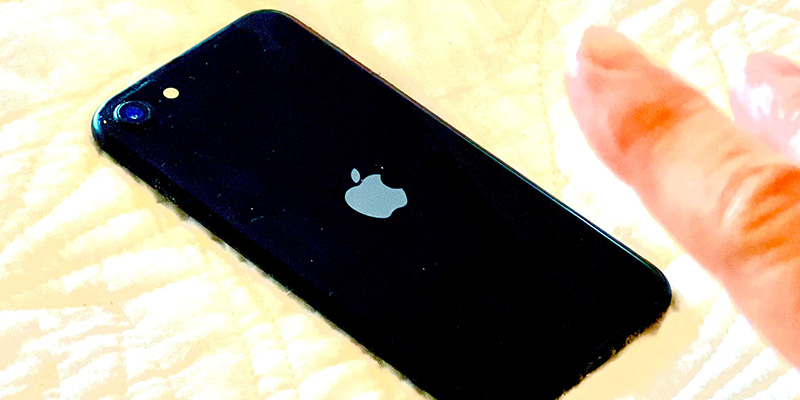
Mental health discussions are now daily topics. What exactly is mental illness? Not long ago it was felt that someone with mental illness was possessed by the devil or some evil spirit. While it is now generally accepted that mental illness can be help by medication there lingers a pervasive thought that if you just straightened up things would be better. Wake up, make your bed, and take on the world. As usual, it is not that simple.
The American Psychiatric Association states that mental illnesses are health conditions involving changes in emotion, thinking or behavior (or a combination of these) and can be associated with distress and/or problems functioning in social, work or family activities. Mental illness is a medical problem, just like heart disease or diabetes. Mental illness is common with nearly 1 in 5 US adults experiencing some form of mental illness. The most common form is anxiety.
In 2020 9.2% of US children were diagnosed with anxiety. This number is steadily rising. This is and should be of great concern.
Normal anxiety is part of life. It is appropriate to be nervous in risky situations. Anxiety disorders, including phobias, have frequent episodes of feelings of intense, excessive, and persistent worries and fear about everyday situations. They have symptoms of feeling nervous or restless, feeling impending doom, having an increased heart rate, breathing hard, trembling, sweating, trouble sleeping or concentrating. Most of us have seen dramas about children/teens having phobias such as fearing to leave their homes, of the dark or how they look.
There is a newly described phobia in the J Family Med Prim Care, 2019 Apr. 8 called NOMOPHOBIA: NoMobilePHonephobia. The authors describe a psychological condition when people have a fear of being detached from mobile phone connectivity. Their article describes a study done in the United Kingdom showing that 53% of mobile phone users felt apprehensive when they lose their mobile phone, run out of battery or credit or have no network coverage. Their apprehension was close to “wedding day jitters”. They also describe a study in Brazil that 44% of participants with panic disorders felt “secure” when they had their mobile phones on. Also study by Shambare et al. (2012) that says cell phones are “possibly the biggest non-drug addiction of the 21st century”. They reported a decade ago that college students were spending more than 9 hours per day on their phones. Freeing them from the real world and enslaving them to the virtual world.
This paper discusses that it is difficult to tell if the anxious child is becoming NOMOPHOBIC due to mobile phone addiction or existing anxiety disorders. The signs and symptoms are the same. The pandemic seems to have increased the opportunity to exist in a virtual world. It seems that children, particularly teenagers, need to re-establish human-human connections. Mobile phones are here to stay as are electronic devices. We all need to be aware so they do not become a problem.
by Sally Robinson, MD Clinical Professor
Keeping Kids Healthy
Published 04/28/23
Also See:
UTMB Pediatrics - Pediatric Primary Care
UTMB After Hours Urgent Care